Sultan Abdul Hamid II, who took a close interest in fine arts, also took photos himself. He used to spend time in the photography studio he established in Yıldız Palace. Sultan, also a good physiognomist, would select Military College students by looking at their photographs. Again before announcing a general amnesty for the 25th anniversary of his ascension, he had all convicts’ photos taken, and those to be granted amnesty were chosen from their photos.
EACH PHOTOGRAPH IS AN IDEA
“Each photograph is an idea. A picture can inspire emotional and political meanings which cannot be expressed in hundreds of pages. This is why I benefit from photographs rather than written information.” These are the words Sultan Abdul Hamid the Second formed to express the importance he attached to photography. Sultan who took a close interest in the art of photography pushed the boundaries of the period, and he hired private photographers and commanded them to take photos of his home country and other countries from America to Japan. Sultan Abdul Hamid who left the palace as rarely as possible, followed the developments in his country and the world through photographs.
ANALYZING THE PAST
“Yıldız Photography Albums” contain 962 albums and 38 thousand 599 photographs, taken by various photographers in the period of Sultan Abdul Hamid II. Originals of photographs which are of great importance for analyzing the past and the conditions of the period, are in Istanbul University Rare Works of Art Library in Beyazıt and their copies are preserved in Organization of Islamic Cooperation Research Center for Islamic History Art and Culture Conference Organization (IRCICA) in Yıldız, also at the disposal of researchers and enthusiasts.
ALMOST LOOTED
Sultan who ascended to the throne in the most difficult period of Ottoman state and survived the hardships throughout his long years on the throne, was dethroned in 1909. Yıldız Palace was looted in the meantime. The huge library in Sultan Abdul Hamid’s palace which featured very rare, even one of a kind books, were targeted by looters. Sultan’s library clerk Mister Kalkandelenli Sabri blocked the door, and said that they had to kill him first which saved the library and consequently Yıldız Photography Albums from looting.
FROM OTTOMAN TO AMERICA AND EUROPE
Sultan Abdul Hamid II assigned photographers working for him to take photos of the events and organizations in the country, and mainly navy ships, military establishments, factories, schools, mosques, police stations, hospitals were photographed as well as numerous structures and works, various openings and factories. Sultan knowing that his country was misperceived by Europeans and Americans, sent 51 albums comprised of establishments, structures and event photographs taken at different times in 1893 to National Library in USA, and 47 albums to British Museum in England with the aim to promote his country.
WE VISITED SULTAN’S PHOTOGRAPHS
Behind the main campus of Istanbul University in Beyazıt, there is a tiny but true to its name library. Library of Rare Works of Art… Built by Architect Mister Kemalettin in 1913 as Medresetü’l-Kuzat, Kadi Madrasah, was transformed into a library in the Republic era. Many rare items in Sultan Abdul Hamid Khan’s personal library in Yıldız Palace, mainly lithography, rare handwritten books, maps and plans, are preserved in this library. Opening the majestic iron gate of library, we climb the marble stairs we reach after passing a small hall, and to the second floor of the building. All glory of the past is before us… Almost all photographs are transferred to digital media. All photographs can be accessed when searched on a search engine, and digital versions of photographs can be purchased.
WHAT IS IN THE ARCHIVE?
As one of the most sacred inventions of Sultan Abdul Hamid II’s period, Hejaz Railway photographs are leading, photographs of buildings built on Ottoman lands during Sultan’s rule, charity works, holy destinations, Ottoman cities, visiting statesmen and kings, ceremonies Sultan attended as Friday Divine Service Parades leading, streets, avenues and town squares of the period can be found in this hidden treasure.


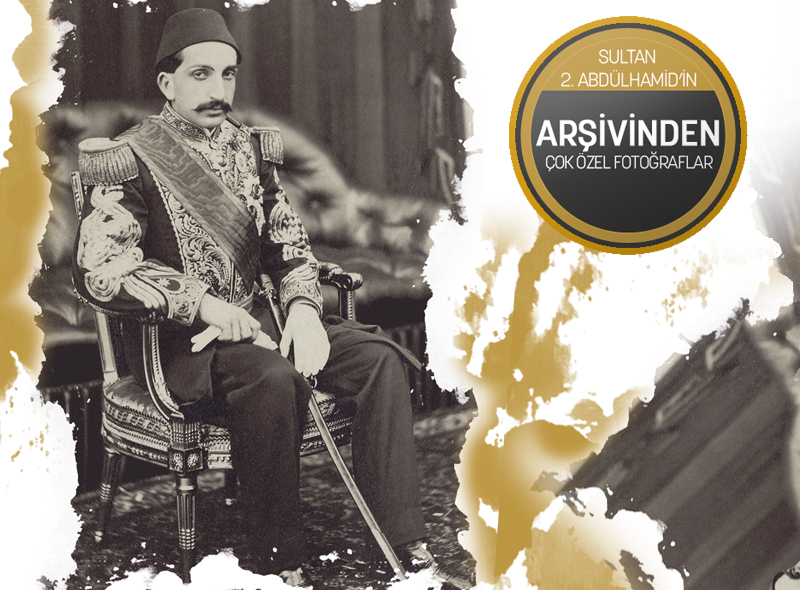

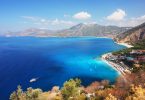
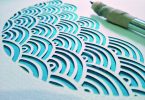
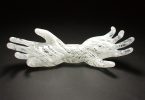
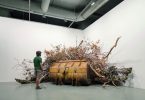
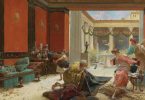
Leave a Comment